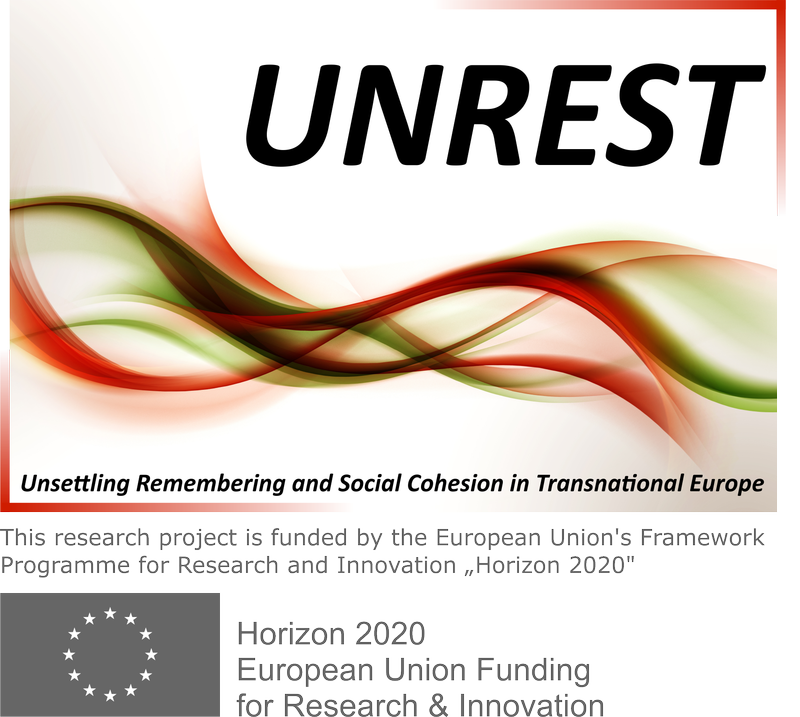Work package “Theory and Methodology” works with four groups of partners to develop, test and disseminate new approaches to European heritage that focus on revitalizing the memory of past conflicts by promoting a new critical mode of remembering and reflective memory practices, thanks to the development of public-oriented impact products (a theatre play and a museum exhibit) benefitting from newly designed interactive digital tools. The four groups are:
1. Humanities and Social Sciences Scholars with expertise in European memory and identity who will create new knowledge through interdisciplinary empirical research informed by new theory.
2. Digital tool developers with particular expertise in designing and creating digital assets applied to the heritage industry.
3. Creative artists committed to engaging with unsettling topics and to addressing the public in novel forms so as to enhance critical reflection.
4. Museum professionals willing to collaborate on developing and testing new theories as well as experimenting with new interactive digital applications designed to widen the critical perspectives of the public in relation to Europe’s dark past.
Furthermore, the “Theory and Methodology” work package elaborates on:
o What is meant by the three different modes of remembering and how the different social agents of memory (institutions, civil society, academics and legal practitioners) relate to them;
o How the materials from the exhumations, and the museum collections with their implicit narratives, are going to be selected, studied and/or deconstructed in the project; how they fit in our theoretical model, and how they are going to be symbolically re-elaborated and displayed in the impact products in order to promote agonistic reflectivity and memory;
o How the ‘unsettling’ character of cases examined in work packages “Mass Graves and Exhumations” and “War Museums” and the didactical instruments that we have chosen in work packages “Communication and Training Impact” and “Creation of Cultural Events” promote deliberative historical awareness;
o How researchers, creative artists and museum curators can best interact, to ensure that the former can influence the cultural representation of the openly political and ethical challenges raised by the research as well as the ways in which the different stakeholder groups can be made to interact and engage with the cultural works.
The latter will design and develop two cultural products (a theatre play and a museum exhibit) incorporating the theoretical and empirical outcomes of the project as well as new digital tools while also having an input on the elaboration and overall implementation of the research project.
